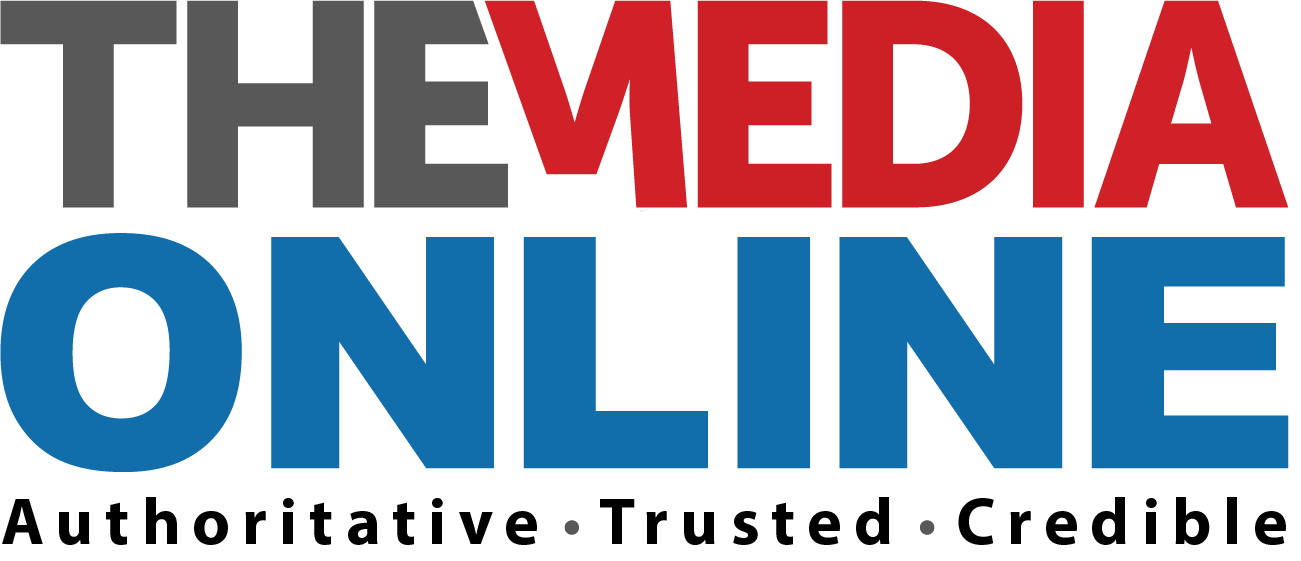One theme comes up time and again when the sustainability of community media is in discussion: government spending on communication.
State entities spend millions every year on communicating with the public, and there is a long-standing government promise to allocate 30% of these budgets to local and community media. But operators complain that the government does not meet its obligation.
In a recent report by the Media Development and Diversity Agency (MDDA), a research respondent was quoted as saying: “I do not know how many years (it has been) that government has failed to legislate the 30% from GCIS that is supposed to come to platforms like ours. For as long as there is no intervention from national level, we can have all the sustainability plans we want, but implementation will be difficult.”
The report, launched in late 2024, proposed a “sustainability model” for the sector in which a key element was effective implementation of the 30% allocation.
Patterns and dynamics of government spend
Though there is wide consensus about the issue, there is little knowledge about the actual patterns and dynamics of government communication spending. And there is too little awareness of the potential dangers, as we argue in a new report, Levelling the media playing fields: Lessons from South Africa.
It is not even possible to say reliably how much the government is in fact spending, as the figures are not broken down in a relevant way. A general indication was given in another MDDA report, which said in 2017 that GCIS had spent R55 million with community media, as against overall spending of R409m.
At that level, community media are receiving just over 13%, with the rest going to mainstream media, including the SABC.
GCIS not the only player
Incidentally, the MDDA, which supports community media through direct funding support, spent only R16m in that year – an indication of how much more important government communication spending is as a source of income than the MDDA’s grants.
The main problem, though, is that GCIS is an important player, but not the only one. Government entities, from national departments to local municipalities, from Eskom to water boards, have their own budgets, which they spend as they see fit.
This kind of decentralisation has benefits but also makes for a lot of uncertainty. One community radio manager we spoke to said the relationship with the provincial premier’s office see-sawed wildly, depending on who was the premier at a particular time. Another, whose station broadcasts into two provinces, said one regularly bought airtime for public interest campaigns, the other rarely.
Critical source of income
At the same time, local and community media are heavily dependent on the government money that they do get. Publishers and broadcasters we spoke to overwhelmingly saw government ads as a critical source of income.
An analysis of local newspaper content found that government ads took up significantly more space than those from the private sector in four of the five local newspapers we looked at.
This included large, glossy inserts from the South African National Roads Agency, at the time facing considerable pressure because of the controversy around e-tolls.
Political pressure
This dependence creates a vulnerability to political influence and pressure.
In one case, a publisher in the North West province told us how the local mayor tried to buy his small paper. The publisher refused the offer, and the mayor then set up a rival publication. When that venture failed to take off, the independent paper was frozen out of the municipal communications budgets.
It had to close, though a change in local politics later normalised the situation and the paper is now back on the streets.
Two newspapers in Mpumalanga, situated in towns just 100km apart, have taken directly opposite positions in relation to the politics of getting official advertising. One publisher said he takes care to write positively about the municipality as he needs the income to survive. The other said he does not even try to get advertising as his crusading style means he knows he will not get it.
Call for transparency and fairness
These issues need to be taken seriously. It is too easy for communication budgets to be used for political ends where the national spotlight does not shine.
Our report acknowledges the importance of official communication budgets in sustaining local media, but calls for transparency and fairness in allocation. A good starting point would be a central register that records patterns of communication spending across all state entities, together with a set of basic rules to guard against misuse.
There are examples from other countries to draw on. Argentina has a framework setting out that official advertising should be allocated only on the basis of four considerations: size of audience; relevance to the particular message; geographic area; and promotion of federalism and plurality.
Though poorly enforced, the framework represents a starting point and an alliance of community media has launched a campaign to tighten the rules and increase transparency.
It is striking that in South Africa, the issue is not even discussed.
Levelling the media playing field: Lessons from South Africa by Franz Krüger, Sarah Chiumbu and Jayshree Pather, can be downloaded here.
Franz Kruger is associate professor at NLA University College in Norway and associate researcher at Wits Centre of Journalism. He previously taught journalism at Wits University, specialising in radio and ethics.
WEBINAR DETAILS: The Wits Centre for Journalism will present a public webinar on the paper on Monday, 17 November at 13:00 (SAST). Register here.
Look out also for our forthcoming collection, Media on the Margins in South Africa, edited by Franz Krüger, Sarah Chiumbu and Herman Wasserman, to be published by Palgrave in November.














